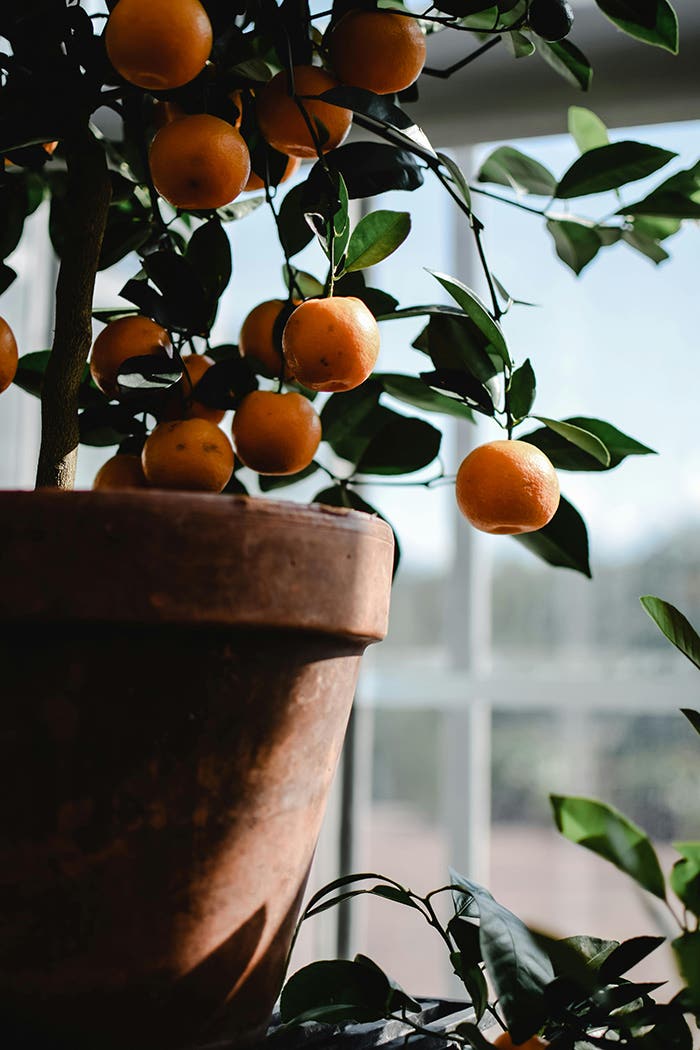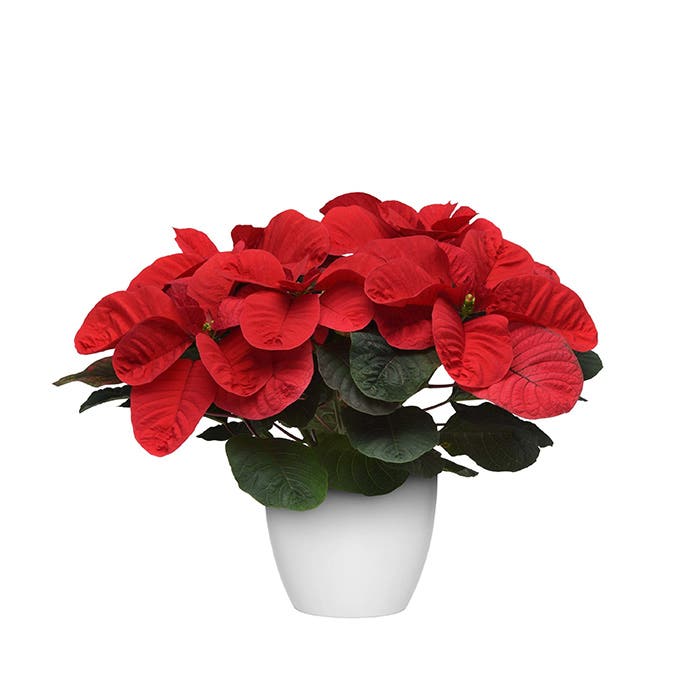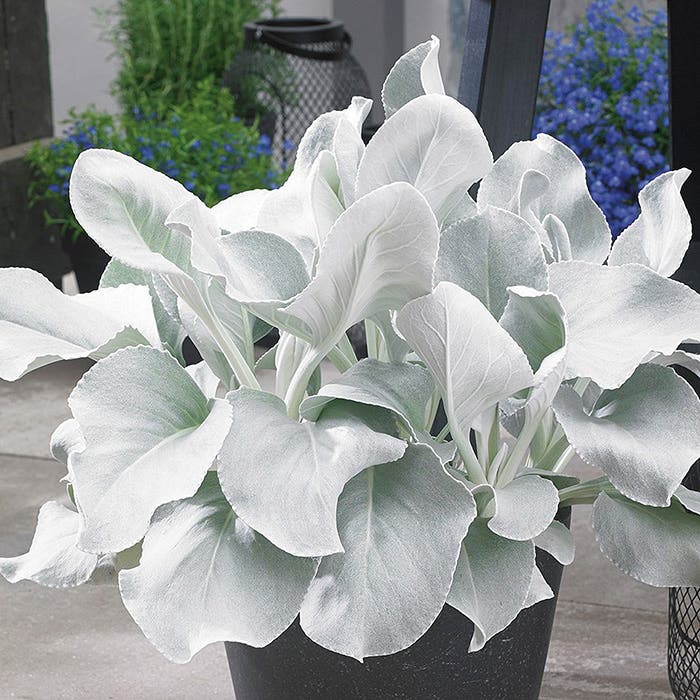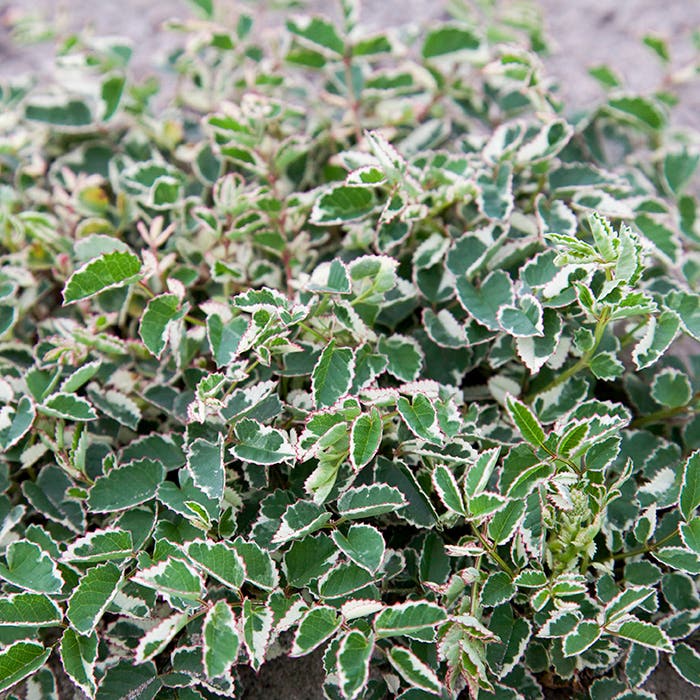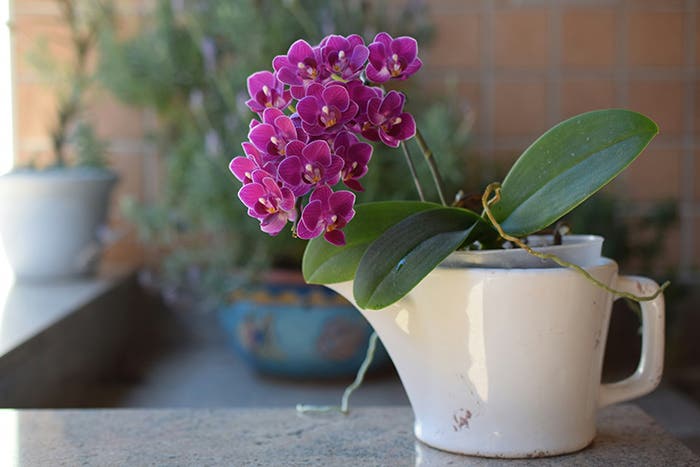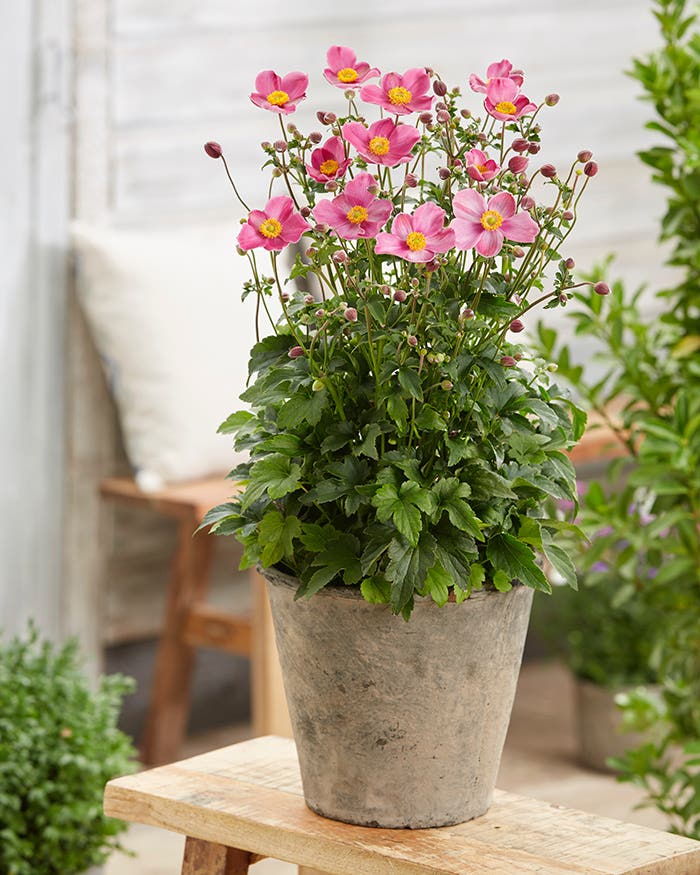Five Houseplants for the Garden and Vice Versa
One expert’s 5 favorite plants that do double duty as indoor/outdoor ornamentals.
As an Amazon affiliate, we earn from qualifying purchases made through affiliate links.
Plant these in your garden for the summer, and then keep them growing on your windowsills through the winter. They'll add color indoors and be ready for garden use when the weather warms again.
1. Spider plant (Chlorophyltum comosum)
Need a quick grass-like ground cover for a shady area? Spider plant fits the bill perfectly. These plants have been hanging around people's houses for decades because they are tough. They'll survive inside a dark house and won't miss a beat if you forget to water them for weeks at a time. And, of course, they propagate themselves easily. Keep one mature plant indoors and it will produce hundreds of babies that can be planted out each spring to add greenery to your darkest, driest shade.
2. Inch plant (Tradescantia zebrina)
This was one of the first plants I ever grew as a child. Indoors, it scrambles around, happily trailing and tolerating a huge amount of neglect. Outside, with brighter light, the leaves gain a richer purple-and-silver coloration, and it spreads happily around other plants to fill in any blank spaces. Though very shade tolerant, it will grow happily in nearly full sun, I've found. I don't bother to dig this plant up before winter; I just cut a handful of stems and stick them in a glass of water. They quickly form roots. If your winter is pretty short, they can simply stay in the water until spring. Elsewhere, move them into potting soil and keep them on the windowsill until the last frost passes.
3. Bromeliads
Bromeliads are a huge group. Most grow in a vase shape formed by leaves that range from green to silver to red, often with stripes or some other pattern, and they eventually produce striking flower spikes. Most of the bromeliads that you see at the garden center are tropical epiphytes, meaning they naturally live perched on tree branches. Many hold water in the cup formed by their leaves and absorb the moisture through their foliage rather than their roots. That turns out to be a fantastic way to avoid competing with thirsty trees in a garden, too. Keep the leaves of our vase-shaped bromeliads topped up with water and they'll thrive even in soil being sucked dry by your neighbor's tree.
4. Pothos (Epipremnum aureum)
Pothos is the unkillable houseplant. It will grow in standing water, survive not being watered for months, take the deepest shade imaginable or thrive in a sunny spot. Throw pothos anywhere you can't get anything else to grow, and you'll have a carpet of greenery in no time. You can find it with plain green leaves, variegated foliage or bright yellow-green leaves, my favorite because they glow in dark places.
5. Rex begonia vine (Cissus discolor)
It's not a begonia at all, but this vigorous vine has silver-patterned leaves that do resemble those of a rex begonia. This is less common than the above plants, but worth tracking down or buying through mail-order. Very tolerant of low light, it can also take nearly full sun. The long vines will happily trail over a container, make a ground cover or scramble up a chain-link fence. As a bonus, the leaves are described as non-toxic to cats and dogs.
Recommended related reading:
The New Plant Parent by Darryl Cheng: This book helps readers develop their own powers of observation and understanding to best care for their indoor plants. It has all of the practical advice and plant recommendations you would expect from a houseplant book, but Cheng beautifully incorporates his personal insight and experiences to make the book more engaging.
Hot Plants for Cool Climates by Susan Roth and Dennis Schrader: This book covers how to grow tropical plants in northern regions, and it includes advice on keeping them alive over the winter. It provides much inspiration for designing the garden or patio around tropical plants.
Plantiful by Kristin Green: A favorite of Horticulture's editor, this book lays out how to stretch your garden by tending plants that gently spread on their own, that are easy to propagate by seed or cuttings and that serve as garden plants as well as indoor plants, depending on the season.


